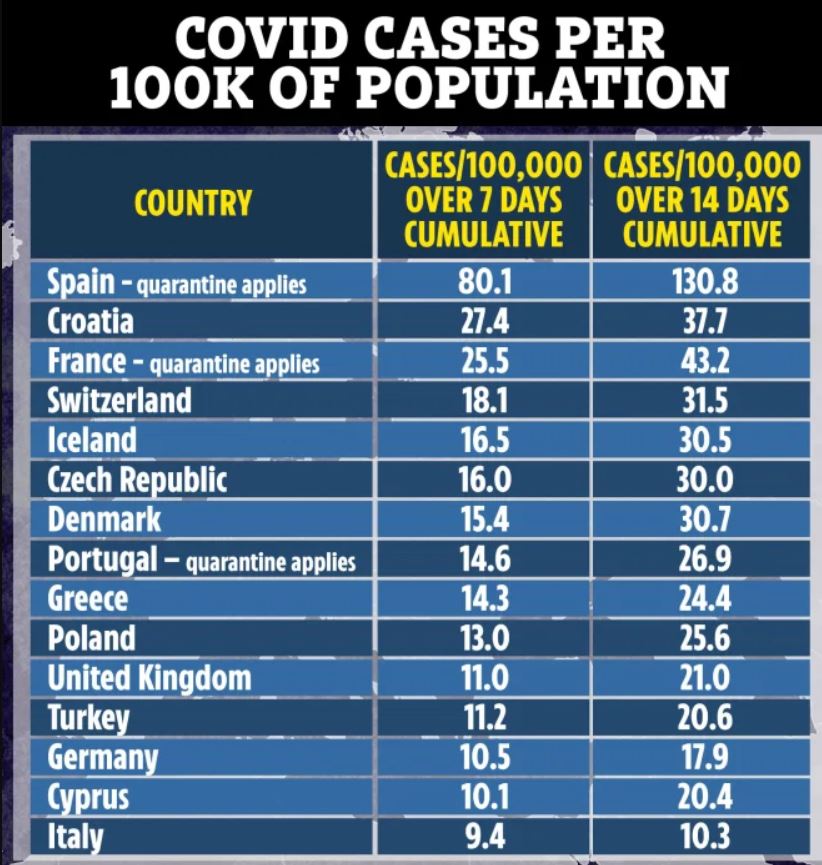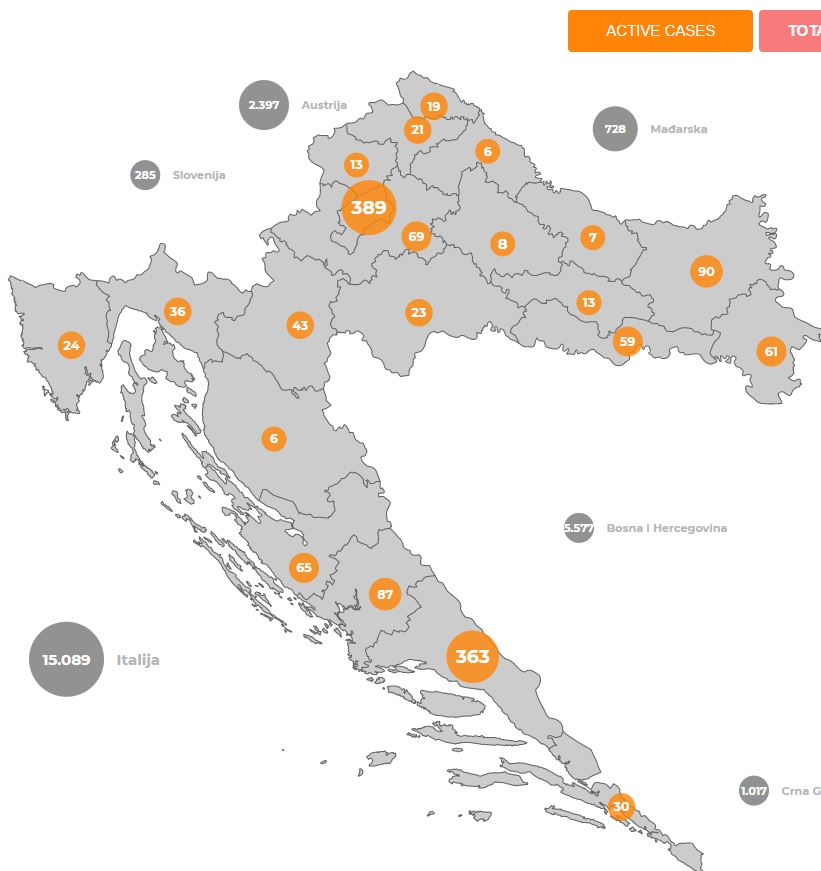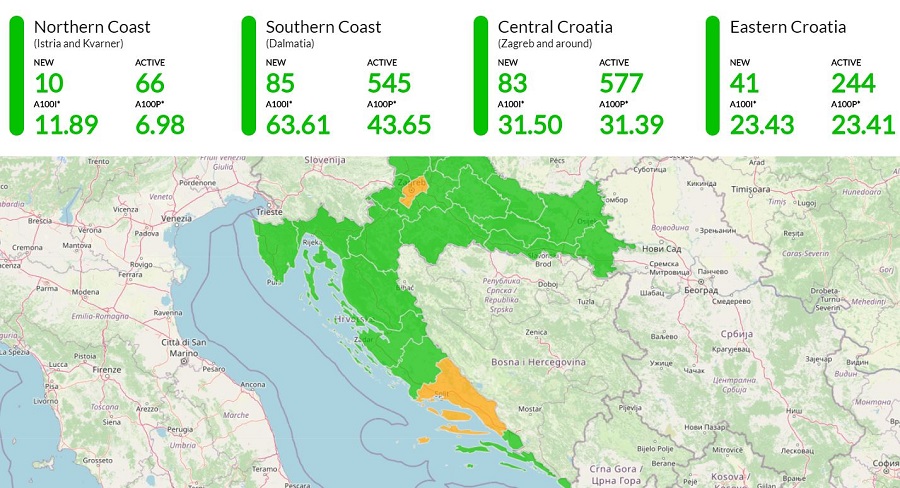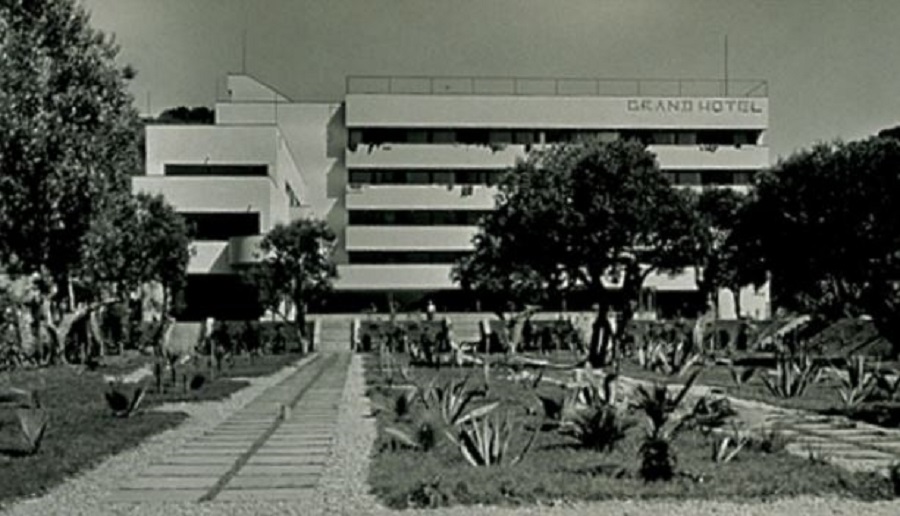Light At End of Tunnel for Konavle?
August 29, 2020 - I have been travelling and working between the UK and Croatia for the past 4 years or so after falling in love with the county of Konavle during a cycle touring trip a few years back. I was kindly hosted by Marko Bradvica at Mikulići Nature Park, a man with a big dream regarding a small train!
There are a few generations growing up in the area that never remember Čiro ever chugging its way up the side of Sniježnica mountain on its way to Vojski Do or departing the harbour in Dubrovnik on its winding journey toward Mostar. The Čiro route, now a walking trail, offers stunning panoramic vistas of our beautiful coastline and beyond, a would-be attractive hike for tourists if the summer temperatures weren’t quite so high!
When I was first discussing with Marko the rich history of this often forgotten corner of Croatia the train regularly came into the conversation and since I’ve heard many romantic anecdotes from others describing a train line that did much for the people here and hopefully still will! Perhaps most notably a beautiful account from our friend Danielo who describes his first journey on the train during his first visit to then Yugoslavia as a student in the 1950’s have a read here.
The author Stanislav Vukorep wrote a book chronicling Čiro’s rich history titled ‘Pruge koje su zivot znacile’ or ‘The tracks that brought life’. So important was the train for transport and infrastructure back then, it enriched a large part of the Dalmatian coastline for many, an essential attribute to local commerce as we hope will be the case again.
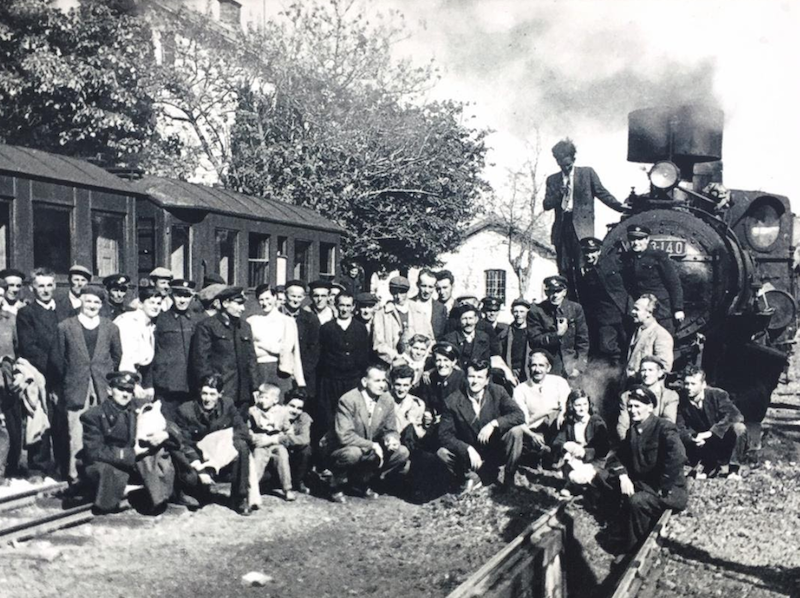
Recently Croatian tourism and the Dubrovnik strip especially, have been devastated by the effects of the Coronavirus. The usual tourist numbers in the area have plummeted; down by significant percentages comparative to a steady few years of exponential growth, hard times for many in the area however here at Čiro HQ we remain ever confident that the train will roll again. Previous to the virus, year upon year tourist numbers were steadily rising, 2019 reporting an increase of 13% over the previous year with a total of 1.3 million tourists visiting Dubrovnik and its surroundings.
So what do all these tourists do? Stari Grad or the Old City of Dubrovnik, the Pearl of the Adriatic is a huge pull to tourists from all over the world. Its imposing walls lauding over the Adriatic Sea beyond yet quaint cobbled streets provide visitors with ample photo opportunities and an insight into its rich historical past, an absolutely fantastic place if you are happy to queue for a few hours just to get inside!
Limited space between those mighty walls restricts the number of tourists at the height of the season, one might only cope with half a day there before the crowds become oppressive and the beach beckons. Beaches are great, I myself am one of their largest fans however even time spent cooking in the sun with dips in the ocean for relief eventually become tedious, what next? ‘’Kovavle...’’, I say, ‘’...a train ride into the mountains’’, ‘’Huh? Konavle, train, what?’’ you quiz, ‘’Čiro!’’ I simply reply with a smile.
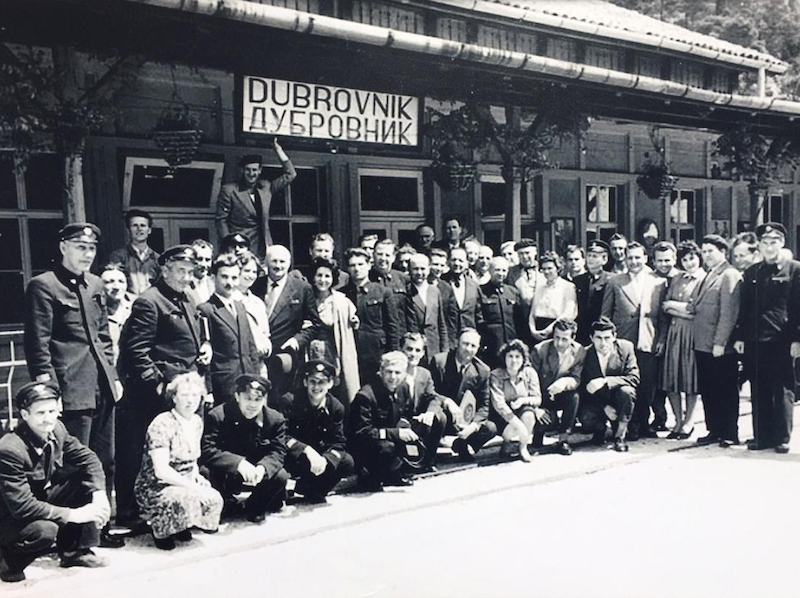
I had the joy of spending part of my career climbing mountains in North Wales, UK. One of my favourite places to climb was the rock slabs overlooking the old slate mining town of Blaenau Ffestiniog. This town used to be a hub of activity with the mined slate being transported from the mountains to the sea via a small narrow gauge steam train until imported slate killed the local industry and business eventually dried up. The train was no longer needed so stopped running and mass unemployment ensued as the area slumped into disrepair along with its inhabitants. In the 1990’s a passionate group of people came together and brought the 200-year-old railway back to life as a tourist attraction. Visitors flocked to the restored railway attraction seeking mountain scenery, coastline views and to relive a nostalgic journey back in history. The town of Blaenau Ffestiniog had new life breathed into it and flourishes to this day with the restored train line now being extended further on into the valleys of North Wales.
At present, partly due to Coronavirus and the lack of tourists in our area, unemployment is down by approximately 30% over last year so we look with positivity to the future of Čiro. Not only would the proposed project provide many new job opportunities but would benefit a large part of the local population with the possibility of kick-starting many affiliate businesses.
So is there light at the end of the tunnel amidst these troubling and doubtful times? We very much hope so and look to a much brighter year next with hopefully our first passengers arriving with a new zeal for the area and its opportunities; we’re not done yet, choo choo!
James Manning
Photos courtesy of Stanislav Vukorep
For the latest travel info, bookmark our main travel info article, which is updated daily.
Read the Croatian Travel Update in your language - now available in 24 languages
PHOTOS: Croatia's Incredible Culture And Nature - Romulić and Stojčić New Exhibition
August 25, 2020 - The award-winning artistic photography duo Romulić and Stojčić showcase their work 2011 – 2019 for free at Ulupuh Gallery, Zagreb until Monday 7 September
Mario and Dražen aka Romulić and Stojčić have been collaborating for almost 20 years. Their innovative photography is often breathtaking and shows the very best of Croatian cultural and natural heritage.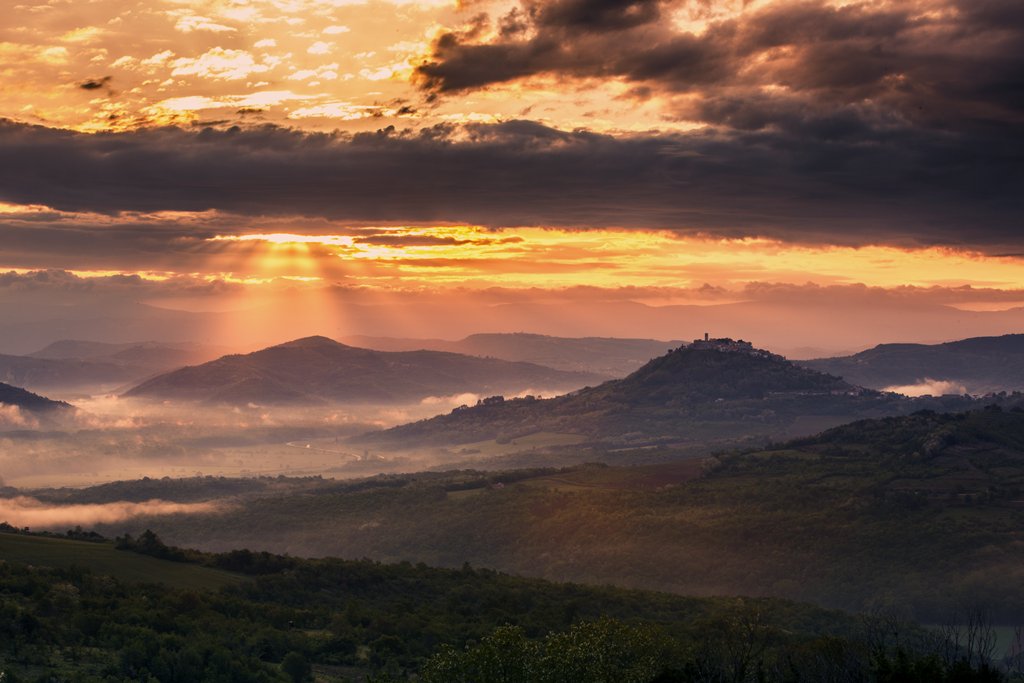
Motovun

A new exhibition, 'Interval' showcases some of their best-loved work from 2011 – 2019. Curated by Elizabeta Wagner, the exhibition opened on Tuesday 25 August and runs until Monday 7 September.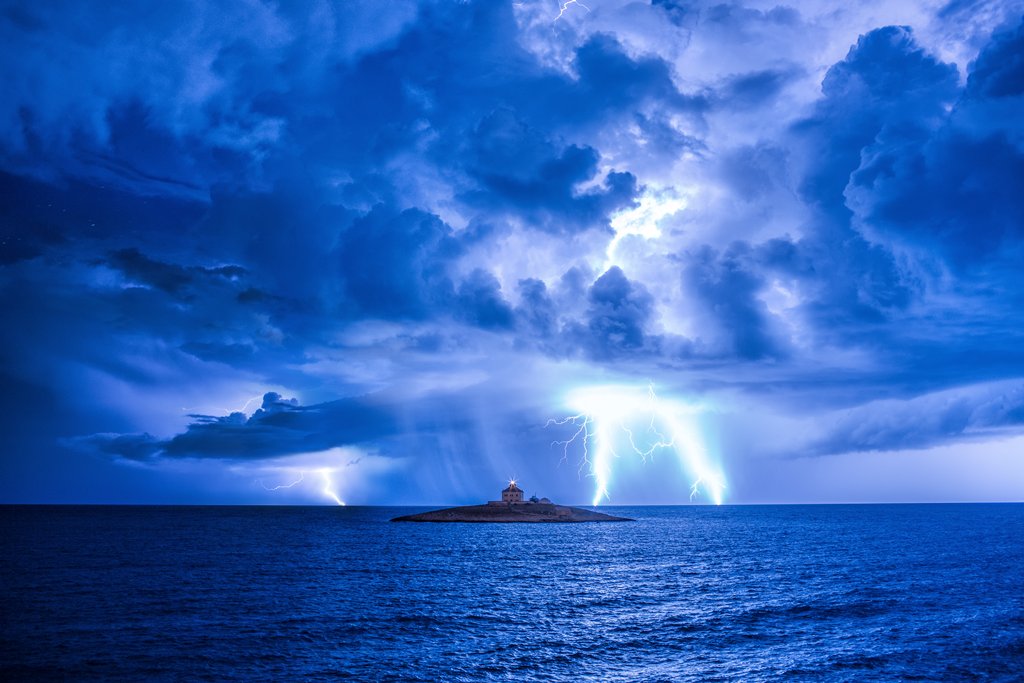
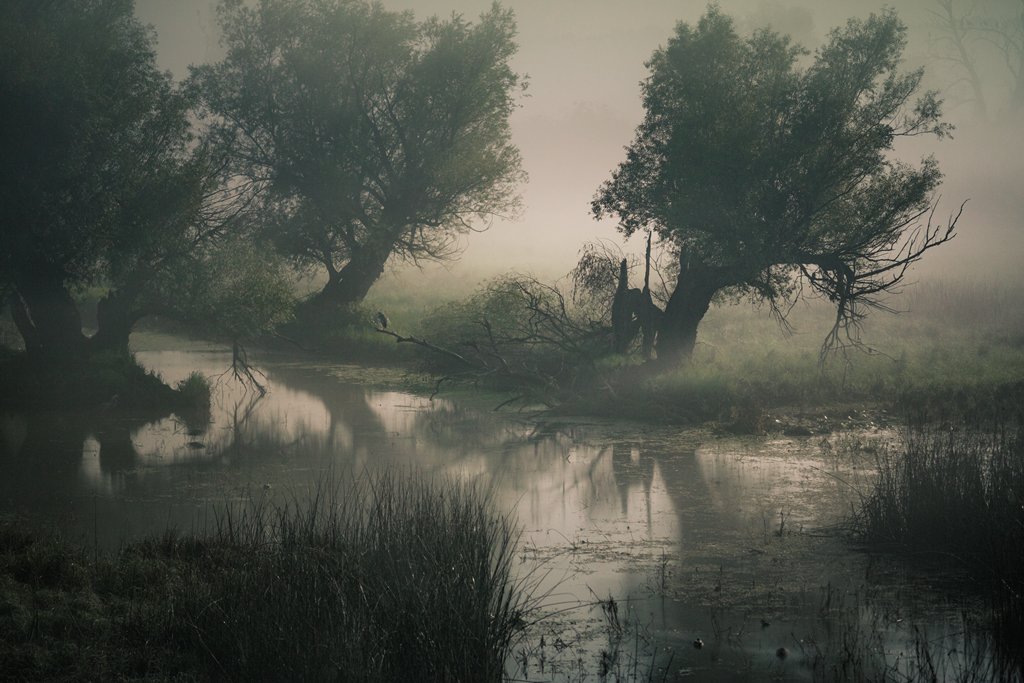
Kopački Rit
The images of Romulić and Stojčić examine the nature, landscapes, architecture and culture of Croatia. Although they embrace innovative photography techniques and contemporary multimedia modes of expression, beneath the fresh perspectives lie a palpable love of Croatia and some of its greatest assets. Wholly apolitical, their photographs can be enjoyed by all.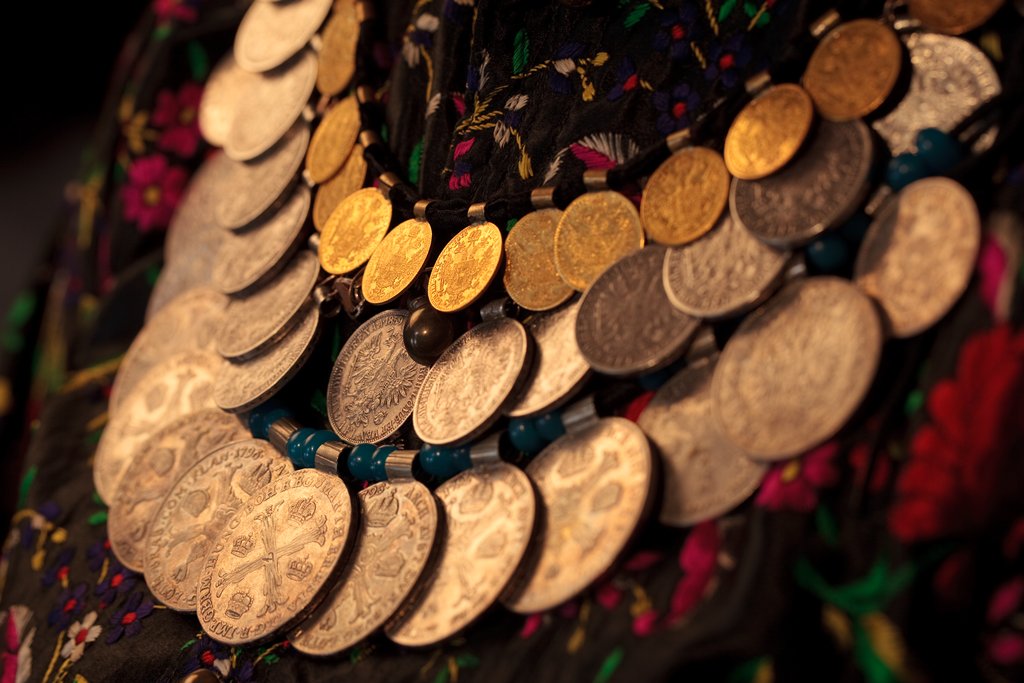
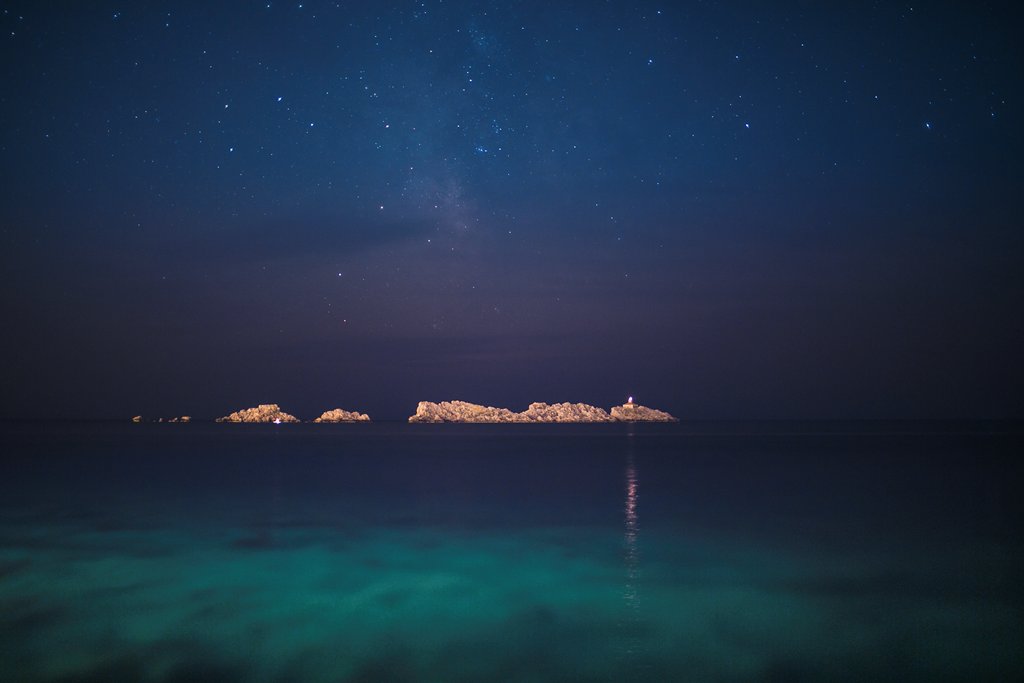
Grebeni kraj, Dubrovnik
Romulić and Stojčić were first spotted when they won first place at the Zagreb Tourist Film Festival in 2012 with the short film 'Višnjan Observatory'. One year later, they held a large international exhibition on the occasion of Croatia's accession to the European Union; 'Flash of Diversity' was exhibited in Budapest, Brussels, Rome, Linz, Moscow and Kiev.
Makarska
Their joint work as Romulić and Stojčić has appeared in about 10 books and several exhibitions in Croatia and abroad. They are also frequent collaborators with Total Croatia News – you can see one of their stunning photographs at the start of each day if you follow our Facebook page and set to 'see first'. There are few better ways of waking up than with a beautiful photograph of Croatia that will stay with you for the rest of the day.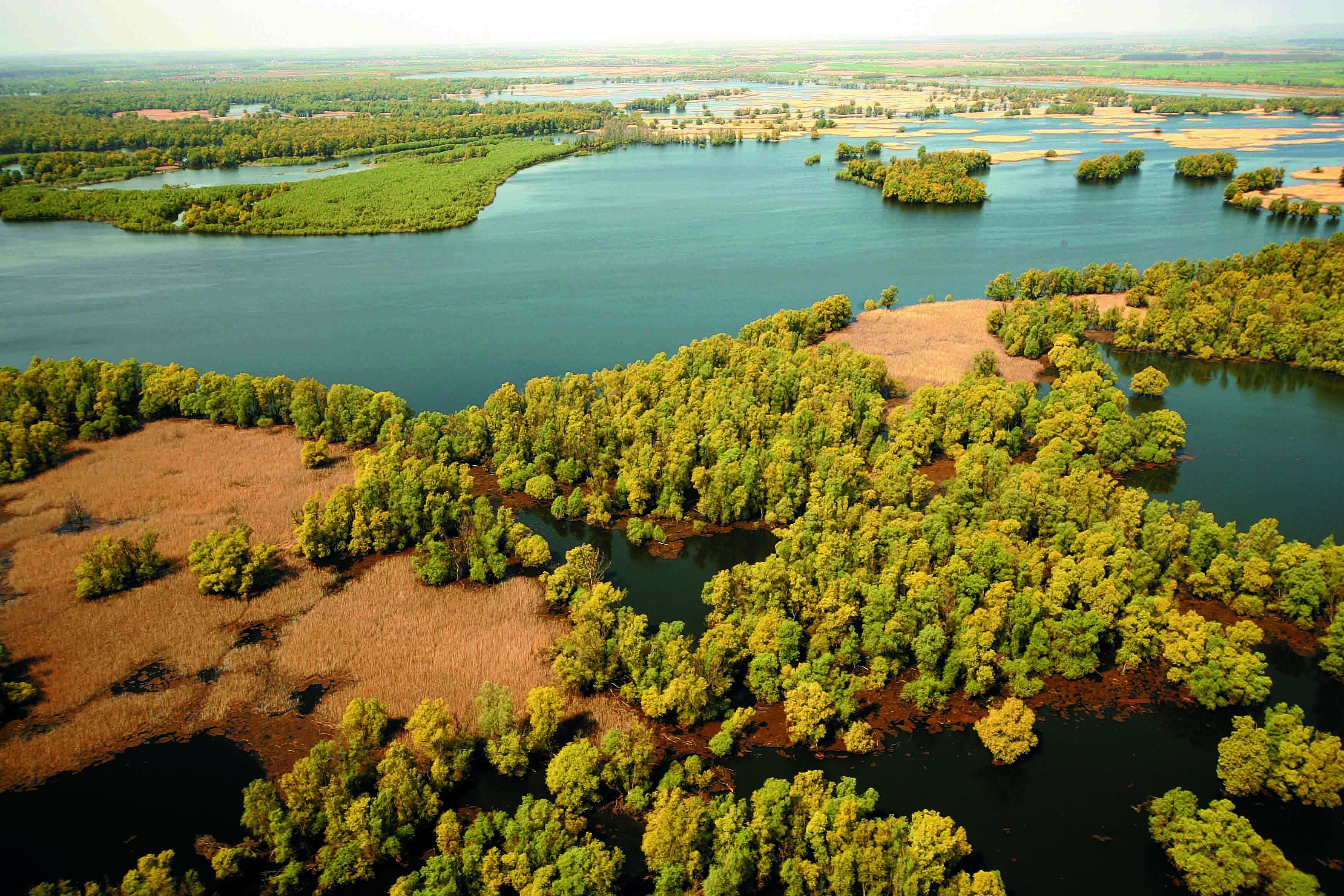
Kopački Rit
Today, Romulić & Stojčić run a successful multimedia studio that deals with professional photo and video production. They maintain a special interest in tourism and architecture and collaborate with numerous tourist boards, construction companies, architects and designers.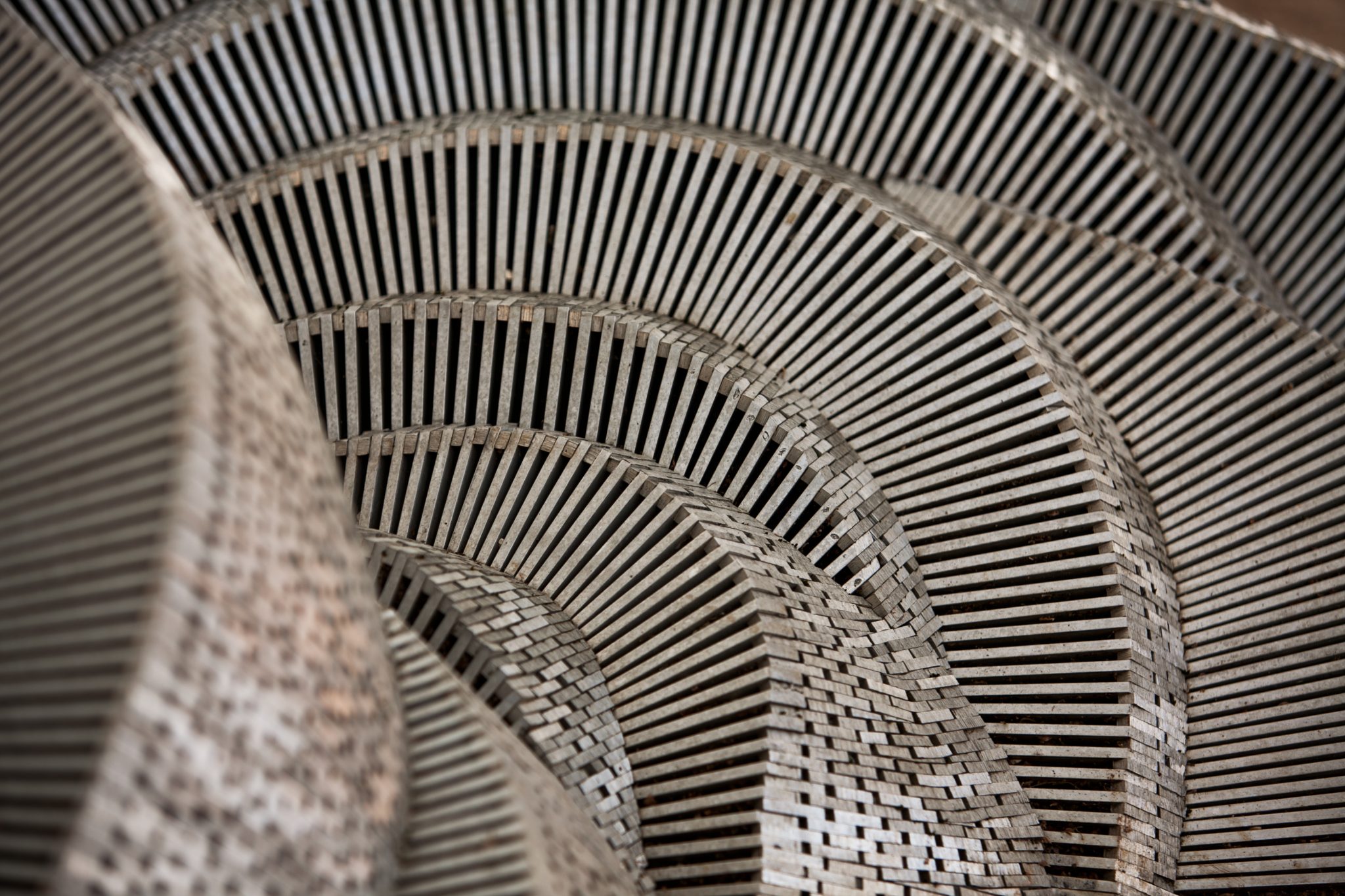
All photos © Romulić and Stojčić
Dubrovnik Mayor Reveals 352 Brits Arrived on Six Saturday Flights
August 23, 2020 - Dubrovnik Mayor Mato Frankovic revealed in a live program for N1 television that, despite the coronavirus, six British planes had arrived in the city on Saturday. But how many British tourists did they carry?
While the news certainly sounds positive at first glance, since the UK placed Croatia on its quarantine list on Thursday, let's take a closer look.
Namely, if we look at the figures presented by Frankovic, it turns out that 352 British tourists landed in Dubrovnik, which isn't really a figure to brag about. Frankovic, however, stated that this was a positive number, and also emphasized that two more planes would arrive on Saturday night.
A brief analysis of the Croatian Aviation portal shows that 352 British tourists can't be considered good news. In fact, they call those numbers catastrophic.
"The mayor of Dubrovnik praised the media that a significant arrival of British tourists to Dubrovnik was recorded at Dubrovnik Airport on August 22 (after the mandatory self-isolation for all passengers coming from Croatia to the UK came into force). Six direct flights from Great Britain arrived with 352 passengers.
However, seven planes from Great Britain landed at Dubrovnik Airport, while the eighth will land late tonight (Saturday):
- Jet2.com, London Stansted, 09:22h (B737-800)
- EasyJet, London Gatwick, 09:51h (A320)
- Jet2.com, Birmingham, 09:54h (B737-800)
- EasyJet, Edinburgh, 10:11h (A320NEO)
- Jet2.com, Manchester, 11:55h (B737-800)
- British Airways, London Heathrow, 12:00h (A320)
- EasyJet, London Gatwick, 20:12h (A320)
- EasyJet, Manchester, 20:37h (A320NEO)
- EasyJet, London Luton, 22.24h (A319)
As the 352 passengers on Saturday's first six flights from Great Britain to Dubrovnik have been publicly announced, we will only state the following; a total of 1,119 seats were offered on six flights in the direction of Dubrovnik. If only 352 passengers really arrived in Dubrovnik on those flights, the occupancy of the passenger cabin is only around 31%.
Given the number of seats offered and direct flights, the number of arrivals of British tourists is not good, but catastrophic."
For the latest travel info, bookmark our main travel info article, which is updated daily.
Read the Croatian Travel Update in your language - now available in 24 languages
Mayor Intensifies Information Campaign On Dubrovnik As Safe City In British Media
ZAGREB, Aug 22, 2020 - Dubrovnik Mayor Mato Frankovic has told the London-based national phone-in and talk radio station LBC that British guests are not fleeing this Adriatic city, underlining that Dubrovnik is a safe city in terms of epidemiological situation.
During his interview on Friday evening with the LBC radio station with an audience of more than 2.2 million, Frankovic said that earlier in the day, a number of British holidaymakers arrived in that southern Croatian city aboard several flights provided by different air companies.
On Thursday, Britain added Croatia, France and Austria to the 14-day quarantine list with less than two days notice.
The mayor admitted that definitely this would make some of the British guests cut short their stay in Croatia or cancel their plans to visit Croatia.
However, if we manage to maintain flight services, Britons will definitely come to Dubrovnik, he said.
The mayor underlined that Dubrovnik had a low number of infections with coronavirus.
Since the British decision on adding Croatia to the quarantine list, the Dubrovnik mayor has been giving interviews with British media outlets, including Sky News, ITN, LBC, CNN Travel London, to inform the British public that his city is safe for the Brits as well as for all other foreign tourists.
For the latest travel info, bookmark our main travel info article, which is updated daily.
Read the Croatian Travel Update in your language - now available in 24 languages
Flights to Croatia: easyJet Closes Three UK Bases, Cancels Flights to Croatia
August 19, 2020 - The latest news from around Croatia’s airports for flights to Croatia with updates for Split, Dubrovnik, and Pula.
Croatian Aviation reports that British low-cost carrier easyJet issued a statement on its website on Tuesday announcing the imminent closure of its three large bases in the UK, solely due to reduced demand caused by the global coronavirus pandemic.
There are two airports in London, Stansted and Southend, and the company's base in Newcastle. From all three mentioned airports, there are direct easyJet flights to Croatia, more precisely, to Pula, Split and Dubrovnik.
“We had to take the very difficult decision to close three UK bases as a result of the unprecedented impact of the pandemic and related travel restrictions, compounded by quarantine measures in the UK which is impacting demand for travel. We would like to reassure customers due to fly from these airports that we are now contacting anyone whose flight is affected with clear advice on their options which include rerouting via alternative airports or receiving a full refund," easyJet CEO, Johan Lundgren, said.
The closure of these bases will happen very soon, as early as September 1, with the announcement that traffic from these airports will resume in the summer flight schedule in 2021. easyJet will operate on the following lines to Croatia until the end of August, and some of them have already been canceled.
- London Stansted - Dubrovnik
- London Stansted - Split
- London Southend - Dubrovnik
- London Southend - Pula
- Newcastle - Split
easyJet will operate from London (Gatwick Airport) to Dubrovnik, Split and Pula in September, so passengers planning a trip from Stansted or Southend Airport will be able to change their departure airport from London free of charge.
Passengers who have purchased a ticket on the line Newcastle - Split for September, will have to use the line from Manchester to arrive at Split Airport. That line will also run throughout September.
For the latest travel info, bookmark our main travel info article, which is updated daily.
Read the Croatian Travel Update in your language - now available in 24 languages
Umi Teppanyaki at Rixos Dubrovnik, Where Gourmet Art & Entertainment Combine
August 17, 2020 - The Umi Teppanyaki experience at Rixos Dubrovnik, where gourmet art and entertainment combine to the backdrop of unforgettable Dalmatian sunsets.
A perfect dining experience is an individual thing. For some it is about the food, for others the presentation and service, the ambiance or the entertainment. It is rare to capture all of these in one experience, especially when combined with beautiful sunsets from your open-air table view.
The Umi Teppanyaki menu at Rixos Premium Dubrovnik is one such experience - a truly spectacular, and very filling, tour of Asian cuisine on a menu compiled by resident Nepalese chef, Pratap Koirola, who not only prepared the dishes before our very eyes, but engaged in conversation throughout the evening with his guests.
Pratap entertains his guests with two sittings around his grill, which he commands with gentle authority and a warm smile. The 7pm sitting was completely sold out, as you can see above, and the lovely view out to the Adriatic and up to Mount Srdj provided a most romantic setting.
As we chilled over a cocktail in the adjacent bar waiting for the 9pm sitting to come, the constant laughter, sharp intake of breath, and enthusiastic applause indicated that something special awaited.
And so it proved. A sign of the magic to come came in Pratap's introductory one-man culinary music show, as he expertly displayed his command of his utensils.
Pratap first started cooking at the age of 17 years in his native Nepal. He continued his passion for cooking in Dubai where he built something of a name for himself, before finding himself on his first visit to Europe, head chef at Umi Teppanyaki at Rixos Dubrovnik. Not a bad place to start your European career!

And so to the menu, which Pratap put together himself.
A nice gentle starter - Vietnamese-style spring roll, with vegetables, lettuce and sweet chilli sauce.

From Vietnam to China for the second dish - duck gyoza dumplings, in a soya vinegar sauce.
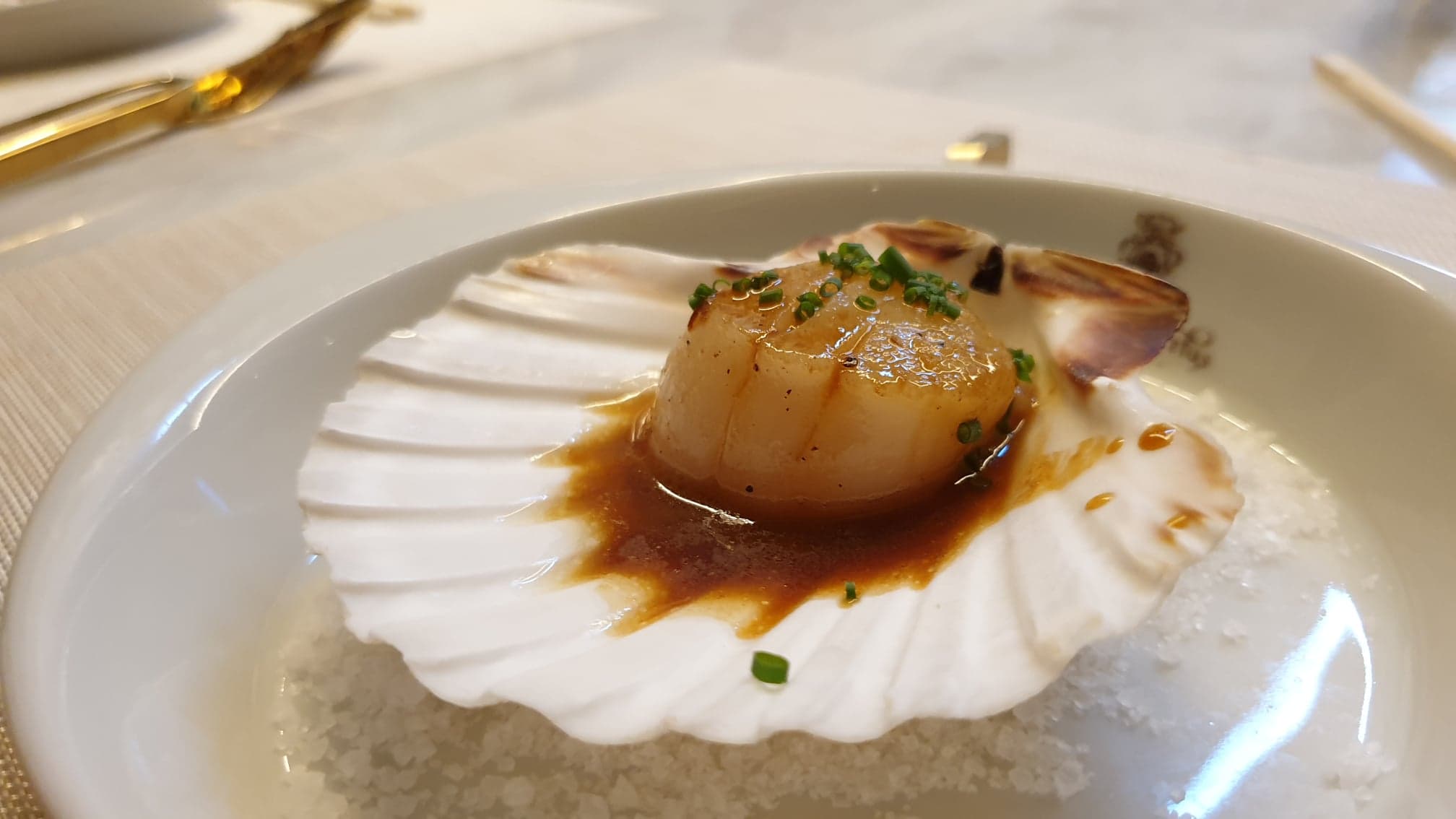
It was a pleasure watching Pratap put together dish number 3 - scallops in a soya butter sauce, as he expertly moved his ingredients around his grill - which he kept immaculately clean all evening as he went along - before placing them on the shells on which the scallops were served.

Over to Japan for a truly memorable tofu miso soup.
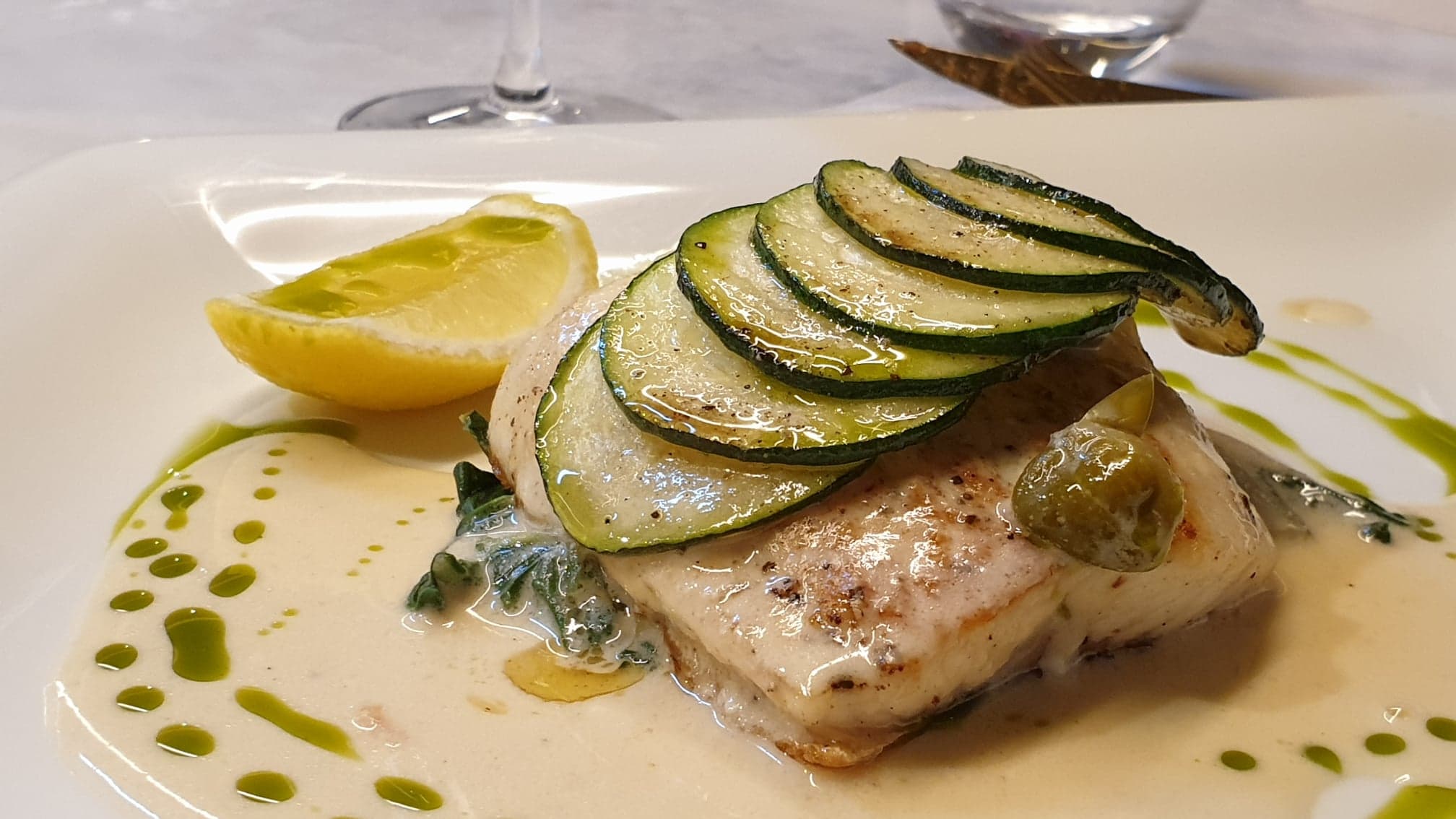
And then the dish of the night - seabass fillet, with beurre blanc and blitva (Swiss chard). I have a well-documented aversion to blitva in general, much to the chagrin of my Dalmatian father-in-law. I am still trying to build up the confidence to tell him that I finally tasted it in a way I really enjoyed - prepared by a chef from Nepal.
A few days before arriving at Rixos, I was having breakfast at another hotel, and each morning I visited their Egg Station, where eggs were prepared for you by the chef in the way you desired. As I watched the very friendly chef preparing scrambled eggs for two - hardly the biggest culinary challenge of her career - I asked her what the most exciting thing she had ever done when preparing eggs.
I wish I could send her the video above, for Pratap gave a masterclass not only in how to separate the egg white from the yolk, but also how to bring frying eggs a romantic experience. Truly brilliant.

And the romance continued, as Pratap expanded his heart them to produce the first heart-shaped rice I have come across.
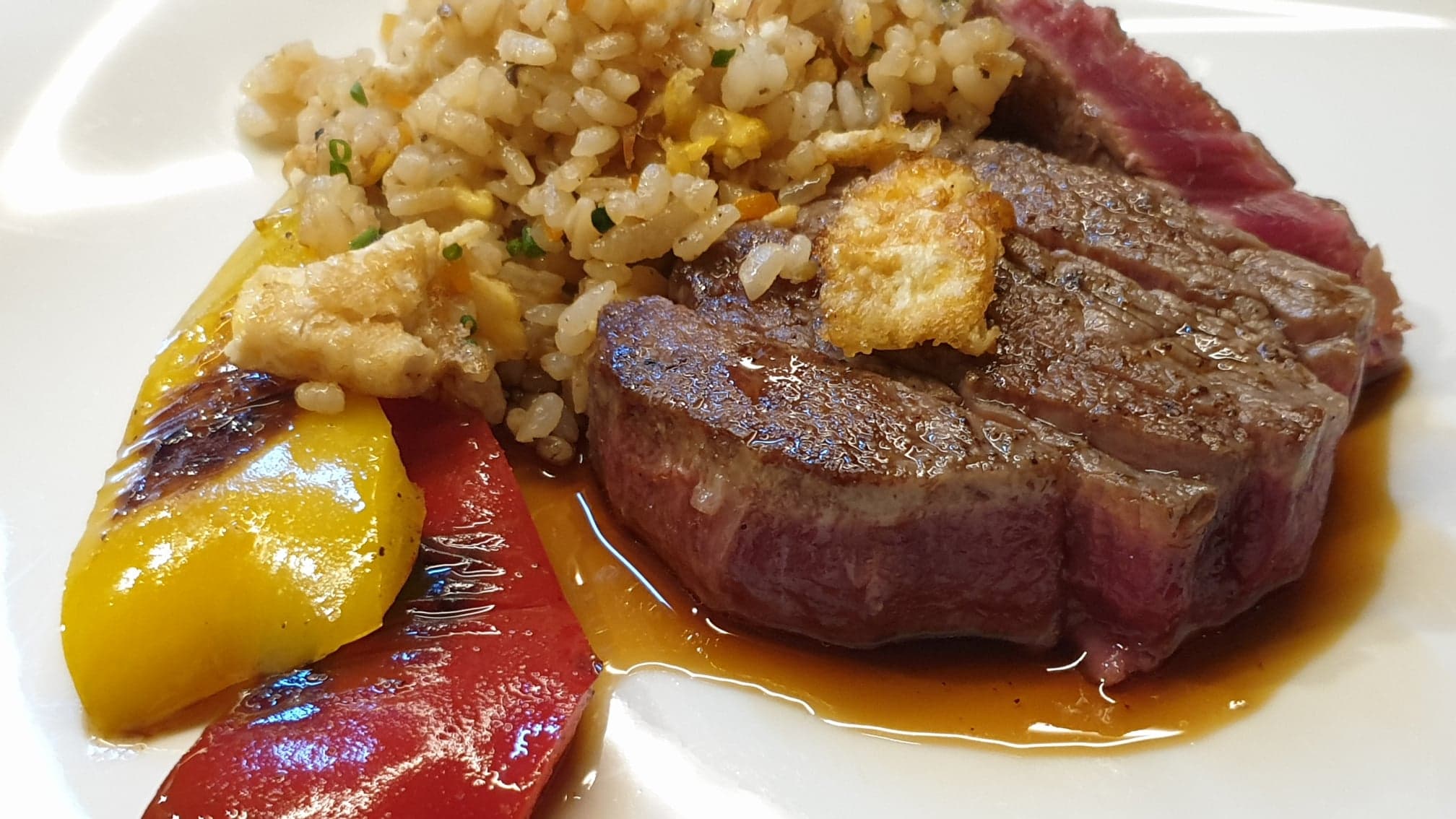
The rice heart was soon broken, however, and shattered into several rice bowls to accompany the final main dish - dry-aged beef tenderloin in teriyaki sauce, accompanied by garlic fried rice soya. Gorgeous.

Two hours earlier, we had been strangers, but we left sated as friends. The constant conversation, joking and visual display made it easily one of the gourmet highlights of the summer. A supremely nice young man, who pays great attention to his guests.
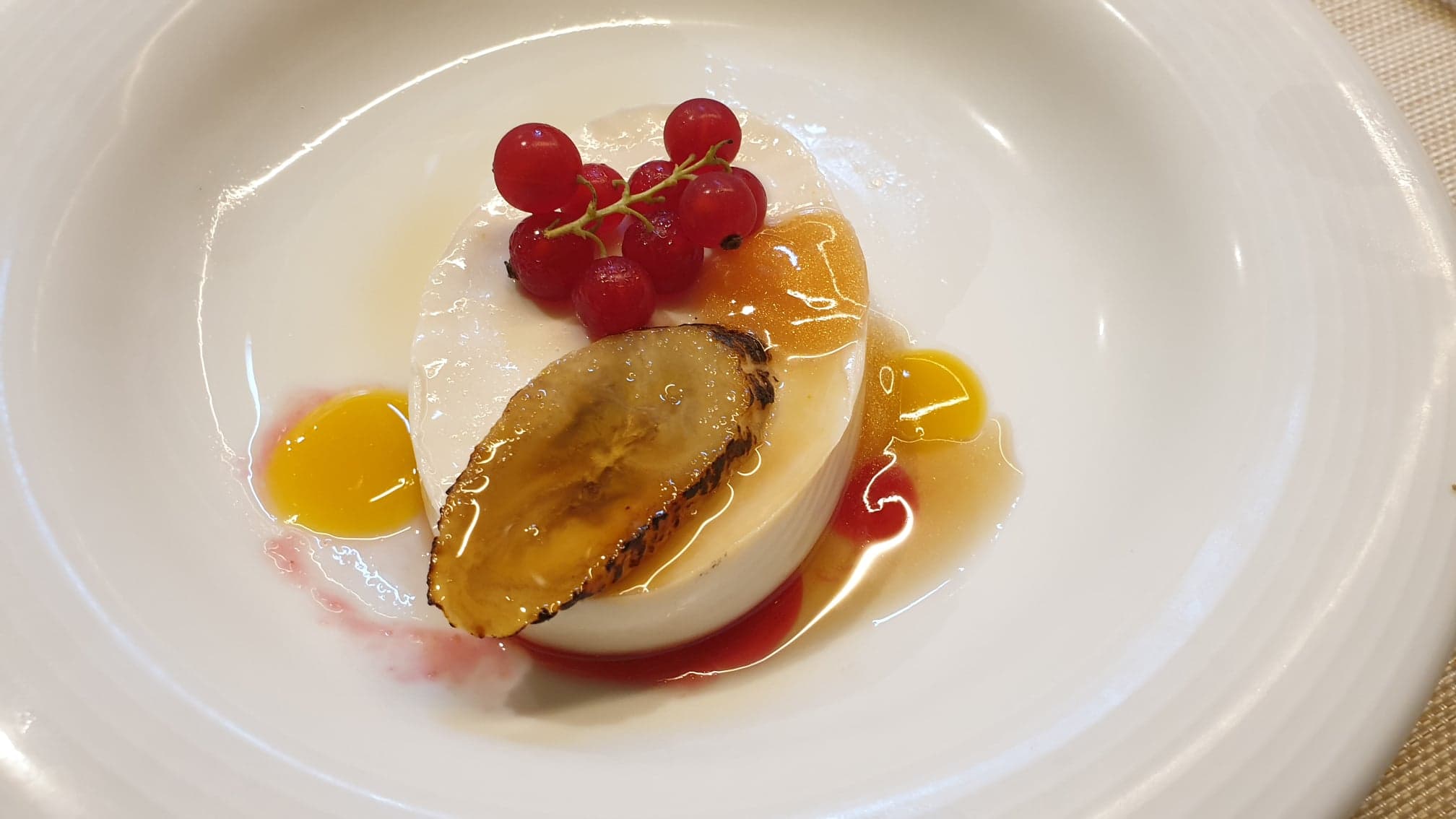
And just when we thought we were finished, dessert...
Paul Bradbury was a guest of Rixos Premium Dubrovnik in August 2020. You can read more in Luxury Dubrovnik Tourism in the Corona Era: The View from Rixos Premium
(With thanks to Taliah Bradbury for photos and videos)
Croatia Removed from UK Safe List & Which Countries Have Croatian Quarantine Requirements?
Last updated on August 21, 2020 - The speculations have proven to be correct this time, as it was announced tonight that Croatia has lost their position on the UK list of safe countries.
Grant Shapps, UK Secretary of State for Transport has announced on his Twitter profile tonight:
Data shows we need to remove Croatia, Austria and Trinidad & Tobago from our list of #coronavirus Travel Corridors to keep infection rates DOWN. If you arrive in the UK after 0400 Saturday from these destinations, you will need to self-isolate for 14 days.
— Rt Hon Grant Shapps MP (@grantshapps) August 20, 2020
The decision means that those arriving from Croatia to the United Kingdom are subject to a 14-day mandatory quarantine. Many popular tourism countries for the UK market are not on the list of safe countries (the UK officially calls it the Travel Corridors list), including Spain, Bulgaria, the Netherlands, France, Tunisia, Bulgaria, Belgium, and the USA. Portugal was added to the Travel Corridors country today, when Croatia, Austria and Trinidad and Tobago were removed. The travelers have until early Saturday morning to return without having to quarantine.
This move was all but confirmed on BBC Breakfast television this morning when respected travel guru said that Croatia would be taken off the list tonight, a decision which will probably be announced by the government tweet about 22:00.
This is how the numbers are being reported in charts in Britain's biggest tabloid, The Sun.
Paul Charles, the CEO of the travel consultancy PC Agency, told The Guardian that he believed there were about 20,000 British tourists currently in Croatia, while aviation data analysts Cirum say that there are some 767 flights to Croatia scheduled from now until the end of September from the UK to Croatia, with a seat capacity of 130,000.
In an exclusive in The Daily Telegraph, a tight deadline from announcement to implementation will result in plenty of stress for those currently in Croatia and not able to take time off from work for enforced quarantine:
"Croatia's exclusion, due to be announced on Thursday afternoon, is expected to prompt an exodus of holidaymakers seeking to beat the deadline for having to quarantine, which is expected to be fixed as 4am on Saturday morning."
A similar announcement for France last week brought a lot of holidaymakers home before the 4am deadline. In Croatia's case, the majority of British tourists arrive by air, and flight capacity will be limited.
There are many who argue that there should not be a tourist season at all in a pandemic, and there are valid arguments for this. With an economy more than 20% dependent on tourism, however, Croatia decided to open up to tourism after a very successful and internationally praised initial response to the virus.
If, as seems likely, Croatia is added to the list along with Turkey, the calls for a regional approach to acting on these statistics will intensify. Two of Croatia's most important tourism regions, Istria and Dubrovnik, have very low cases compared to the national average.
The decision is particularly crucial to Dubrovnik, which ironically is physically separated from the rest of Croatia until the completion of the Peljesac Bridge. Its location means that it is essentially an air and cruise ship destination, and that dependence has been brutally exposed during the corona era, with tourism traffic for the first half of 2020 just 12% of the corresponding period last year.
Dubrovnik's dependence on tourism is much more concentrated than the rest of Croatia, with Mayor Mato Franković telling ABC News recently that it accounted for 80% of Dubrovnik's economy. With its key markets from the UK, USA, and Asia, the lack of flights and zero cruise ships reduced traffic to a trickle. While this meant that the quality of life and ability to enjoy the old town like never before was widely appreciated, the lack of income due to no tourism is having a severe economic impact.
Dubrovnik County, most of which is physically separate from the rest of the country, currently has 30 active cases, of which 8 are in Dubrovnik itself. Since the first case in March, 227 cases have been recorded with 8 deaths. With the majority of arrivals coming by air, the majority of tourists will bypass Croatia completely.
Istria, which has a much more successful season due to its accessibility by road from a number of Western and Central European countries, currently has 24 active cases. Since the first case over 4 months ago, there have been 294 cases and 12 deaths on the Istrian peninsula.
The Croatian Tourism Association recently launched the Croatia COVID-19 website, to highlight the areas where the outbreaks were the most severe, as well as giving daily updates - see image above. Current individual hot spots are Split Dalmatia County and Zadar County, as well as Zagreb.
(These figures are a screenshot from the ECDC COVID-19 site)
Adriatic Luxury Hotels, the biggest employer in Dubrovnik, operate 8 hotels. Only last week, towards the middle of August, they opened the fifth of these, with the other three remaining closed for the season. After a very quiet start to the season, things picked up considerably in late July as more flights were added, and the Brits came in numbers. The UK market in Dubrovnik is the strongest this year, and one which is in danger of being taken away this week, despite the very low number of cases. The knock-on effect for the Dubrovnik economy will be severe.
Which countries have imposed quarantine restrictions on people returning from Croatia?
Should the UK remove Croatia from its list of safe countries, it will join a small but growing list of countries who are taking action in the response to the rise in cases.
Both Austria and Slovenia recently put Croatia on their red lists, Restrictions also apply with other countries, some of which are specific to Croatia's situation, and some imposing restrictions on all arrivals. Countries where arrivals from Croatia have some form of quarantine/test upon entry are USA, Canada, Italy, Slovenia, Austria, Finland, Norway, the Netherlands, Latvia, Lithuania, Cyprus and Iceland. For more details on each country, check Quarantine & Testing Rules for Your Country After a Croatian Holiday.
What will be will be, but there are tense days ahead for the Croatian tourism industry in what has already been an incredibly stressful year. To find answers to some of the frequently asked questions by those interested in coming to Croatia, please read our frequently-updated FAQ article. To find out more about the options of getting tested in Croatia, read our article about testing locally. To find out more about testing internationally, before arriving in Croatia, we have an article helping you with that, too.
For the latest travel info, bookmark our main travel info article, which is updated daily.
Read the Croatian Travel Update in your language - now available in 24 languages!
Flights to Croatia: Eurowings Boosts Traffic in September, 76 Weekly Operations
August 17, 2020 - The latest news from around Croatia’s airports for flights to Croatia with updates for Zagreb, Split, Dubrovnik, Rijeka, Zadar, and Osijek.
Croatian Aviation reports that Eurowings, a low-budget German airline owned by the Lufthansa Group, has announced its flight schedule for September this year.
The company was among the first to establish regular traffic to Croatia, but as the end of the summer season approaches, Eurowings will also reduce the number of weekly flights to specific destinations.
Find the complete flight schedule to Croatian destinations below.
40 operations a week to Split
Split Airport will still have the largest number of Eurowings flights. Moreover, the number of weekly flights in September will be higher than in August!
Split - Dusseldorf will operate 4 times a week (Tuesdays, Thursdays, Saturdays and Sundays), one flight less per week compared to August,
Split - Hamburg will operate 4 times a week (Mondays, Tuesdays, Saturdays and Sundays), one flight extra than in August,
Split - Cologne will operate 5 times a week (Tuesdays, Thursdays, Saturdays twice a day and Sundays), one extra flight than in August,
Split - Stuttgart will operate 4 times a week (Mondays, Thursdays, Saturdays and Sundays),
Split - Hannover will operate once a week, on Saturdays,
Split - Berlin will operate twice a week (Tuesdays and Saturdays), one extra flight compared to August.
Rijeka and Zadar see reduced traffic, the line to Osijek is canceled
As for the traffic to the three airports mentioned above, the number of weekly frequencies will decrease in September:
Rijeka - Dusseldorf will operate once a week, on Saturdays (one flight less per week compared to August),
Rijeka - Hamburg will operate once a week, on Sundays,
Pula - Dusseldorf will operate once a week, on Saturdays,
Zadar - Cologne will operate once a week, on Saturdays,
Zadar - Stuttgart will operate twice a week until September 9, after the mentioned date once a week, on Sundays,
Osijek - Stuttgart line will not be in operation in September this year.
Eurowings returns to Dubrovnik
As announced earlier, Eurowings will re-establish traffic to Dubrovnik in September. Initially, the company planned to launch four lines, but canceled the line from Cologne.
The following lines are planned for September this year:
Dubrovnik - Dusseldorf will be in traffic once a week, on Sundays,
Dubrovnik - Berlin will be in traffic once a week, on Sundays,
Dubrovnik - Hamburg line will be open once a week, on Sundays.
Zagreb connected with Stuttgart and Cologne
In September, Eurowings will continue to operate two routes to Zagreb Airport, from Stuttgart and Cologne.
Zagreb - Stuttgart will operate 4 times a week, on Mondays, Wednesdays, Fridays and Sundays,
Zagreb - Cologne will operate 5 times a week, on Mondays, Wednesdays, Thursdays, Fridays, Sundays, which is one flight more than in August.
In total, Eurowings will have 76 weekly operations (takeoffs and landings) at 6 Croatian airports in September.
For the latest travel info, bookmark our main travel info article, which is updated daily.
Read the Croatian Travel Update in your language - now available in 24 languages!
Rixos Dubrovnik and the New Kings of Luxury Tourism in the Corona Era
August 15, 2020 - Two visits to luxury Rixos Dubrovnik in a fortnight highlight the new realities in the luxury tourism market in the Pearl of the Adriatic.
Tourism is such a fragile thing. A lesson so many have learned in this most extraordinary year.
Croatia's huge fortune in this most unfortunate of times is that it has tourism markets on its doorstep which has little alternative if they are looking for a fortnight on a beach. With corona scares, limited or cancelled flights, the safest option is to get in the car and drive virus-free to the end destination. Tourists from Slovenia, Germany, Austria, Hungary, Poland, Czechia and Slovakia might have chosen Croatia, Greece, Spain, Turkey, Egypt, Montenegro or Tunisia in a normal year, with the plethora of flights on offer, but this year it is about the beach you can reach.
And that means Croatia.
There is a huge Croatian exception to this approach - arguably Croatia's top destination and certainly its most famous - Dubrovnik, Kings Landing, the Pearl of the Adriatic, call it what you will.
A destination which is disconnected from the rest of Croatia by the Bosnian Neum Corridor, at least until the Peljesac Bridge is completed in 2022.
A destination which has more in common with Egypt, Greece and Turkey than the rest of Croatia.
For it is a destination which is dependent on air traffic for its tourism. Driving from any Croatian border from Western or Eastern Europe is at least 8 hours in the car.
And with no flights, and with none of its famous cruise ships, tourism was very much at the mercy of corona.
I visited the city at the end of July, initially as a guest of Rixos Dubrovnik, an unforgettable stay which you can read about here.
The hotel is incredibly spacious, the perfect social distancing hotel in these uncertain times, but it was clearly not that busy. An estimated 25% occupancy in late July - unheard of in Dubrovnik.
Dubrovnik Mayor Mato Frankovic confirmed as much in our meeting - from January 1 to June 30, Dubrovnik's tourism numbers where just 12% of 2019. In a city whose economy is 80% tourism, this was a catastrophe.
And then, something changed...
The Brits were allowed to travel without the need to self-isolate for 14 days on their return.
I returned to Rixos Dubrovnik on August 9 with my family. It was not my preferred date, but the hotel was fully booked on that date, and they could only accommodate me on the 9th with rooms without a full sea view (although the view was excellent). the hotel was still spacious, but infinitely busier. Not only busier, but totally full.
The makeup of the guests was very interesting, and a little different to years gone by. A sign of the corona times, but also perhaps a hint for the marketing departments for the future.
Traditionally, Dubrovnik's big luxury spenders come from the USA, UK and Russia.
Not this year, at least until the last couple of weeks when flights resumed in earnest from the UK.
The increase of flights from the UK has transformed Dubrovnik's season from a total disaster to something much more acceptable, albeit well down on previous years. The arrival of the Brits in huge numbers has helped mask the absence of the other major players in the luxury market - the Americans and the Russians.
There were more than 720,000 American tourists in Croatia last year. They had the highest daily spend of all countries, while the Russians (who stay longer) have the highest average total spend.
Neither have come in large numbers this year. The Russians have visa issues, as Croatian embassies are currently not issuing visas, while American travel to Europe has been severely reduced. The much-lauded American Airlines flight from Philadelphia to Dubrovnik - the first direct connection in 28 years - is also no more. The recent ABC News special (see the video above), including a slot on Good Morning America and seen by 12.5 million people, is a terrific advert for Dubrovnik 2021 (see video above).
So in the absence of the Americans and Russians, who is coming?
The data is interesting. Absolute number one (and confirmed with other leading luxury hotels in Dubrovnik) is the UK market. Second is - surprisingly - Croatia, followed by Germany, Ukraine and Poland, a country whose tourists have arrived in greater numbers to Croatia this year by car, but also by plane to Dubrovnik from Warsaw. Ukraine is an increasingly interesting market, and one which is growing under the radar and worthy of some marketing attention this winter.
Who knows what the next month will bring, but for now it would seem that the luxury Dubrovnik market is finally doing well for season 2020, and there are plenty of seeds sown for season 2021.
Secrets of Lopud: Europe's Tallest Palm Trees Shade Europe's Oldest Concrete Hotel
August 15, 2020 - Continuing our look at the secrets of the Elaphiti Islands near Dubrovnik, a visit to Lopud, home to Europe's tallest palm trees and oldest concrete hotel... with quite a history.
Depending on who you speak to, Croatia has between 1185 and 1246 islands in its pristine Adriatic Sea, but one thing is for sure after 18 years of living here - no two islands are the same, and each has its own speciality and uniqueness. Nowhere was this more evident to me than on my first visit to the islands of Kolocep, Lopud and Sipan near Dubrovnik, the so-called Elaphiti Islands.
Just half an hour by regular ferry from Dubrovnik, these enchanting islands are a world so far away from Dubrovnik that they offer the perfect holiday in Dalmatia - total relaxation on islands without cars (Sipan excepted), and yet a short boat ride away from the hustle and bustle of the UNESCO World Heritage Site that is Dubrovnik. All played a major part in the impressive history of Ragusa, the Dubrovnik Republic, an era where Dubrovnik shipbuilding and trading was globally famous, and whose riches filtered down into opulent stone villas in the city and on the islands.
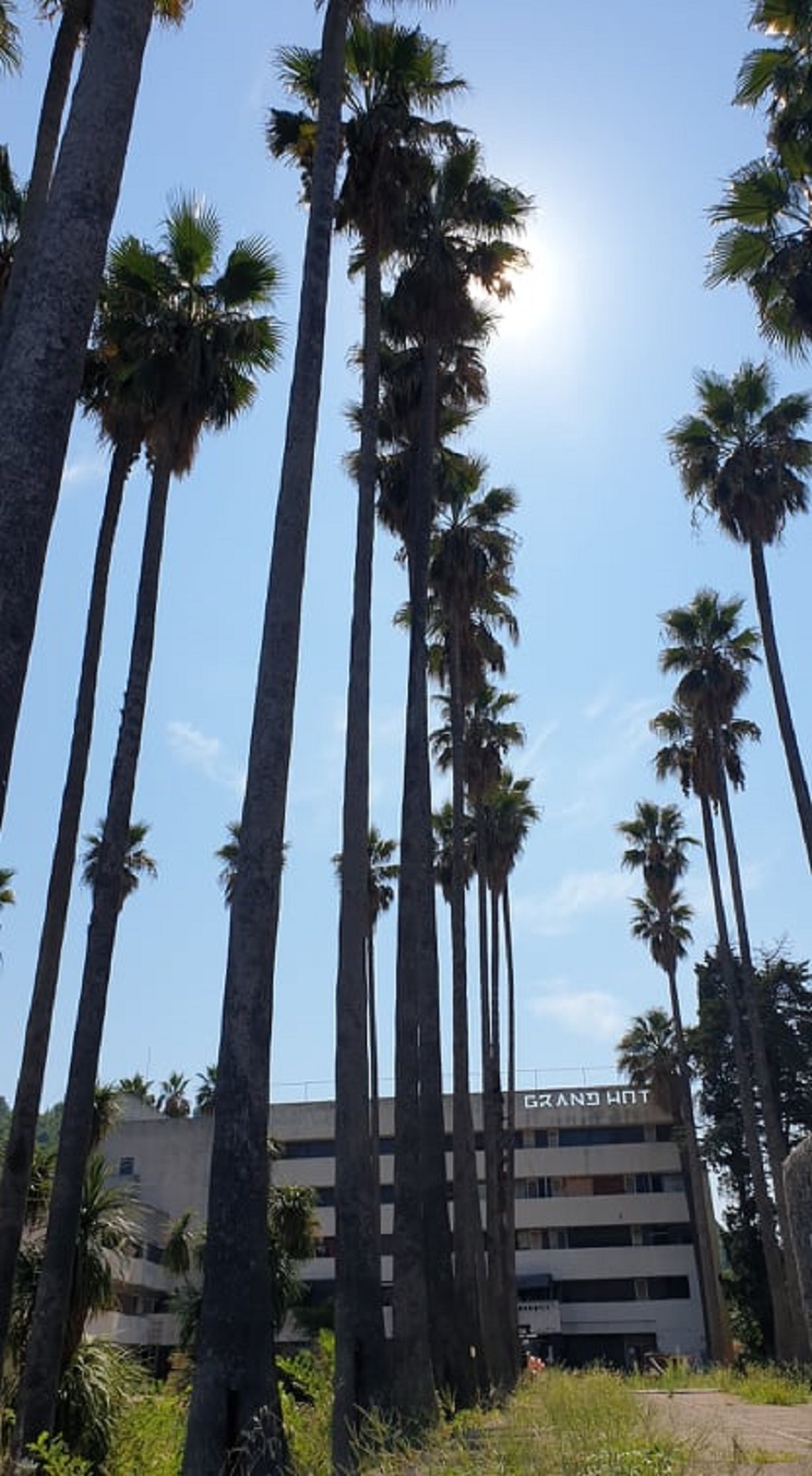
The Lopud waterfront is magical. It has the feel of a civilised Dalmatian fishing town, a place of culture and heritage and yet one of relaxation and informality. Each of its waterfront buildings has several centuries of stories contained therein, but one building truly stood out as we wandered along. For this was a building not of stone, but of concrete, whose gardens were shaded by what is to claimed to be the tallest palm trees in all Europe.
They are certainly tall!
The Grand Hotel, which looked like this in better times, also had a European claim to fame to match the palm trees - it is the oldest concrete hotel in Europe. A curious thing to find on a Dalmatian island, perhaps, but Dalmatian islands are also home to the oldest public theatre in Europe and the birthplace of cricket in Europe outside the UK (wondering what else you don't know about Croatian islands - here are 25 things to know).
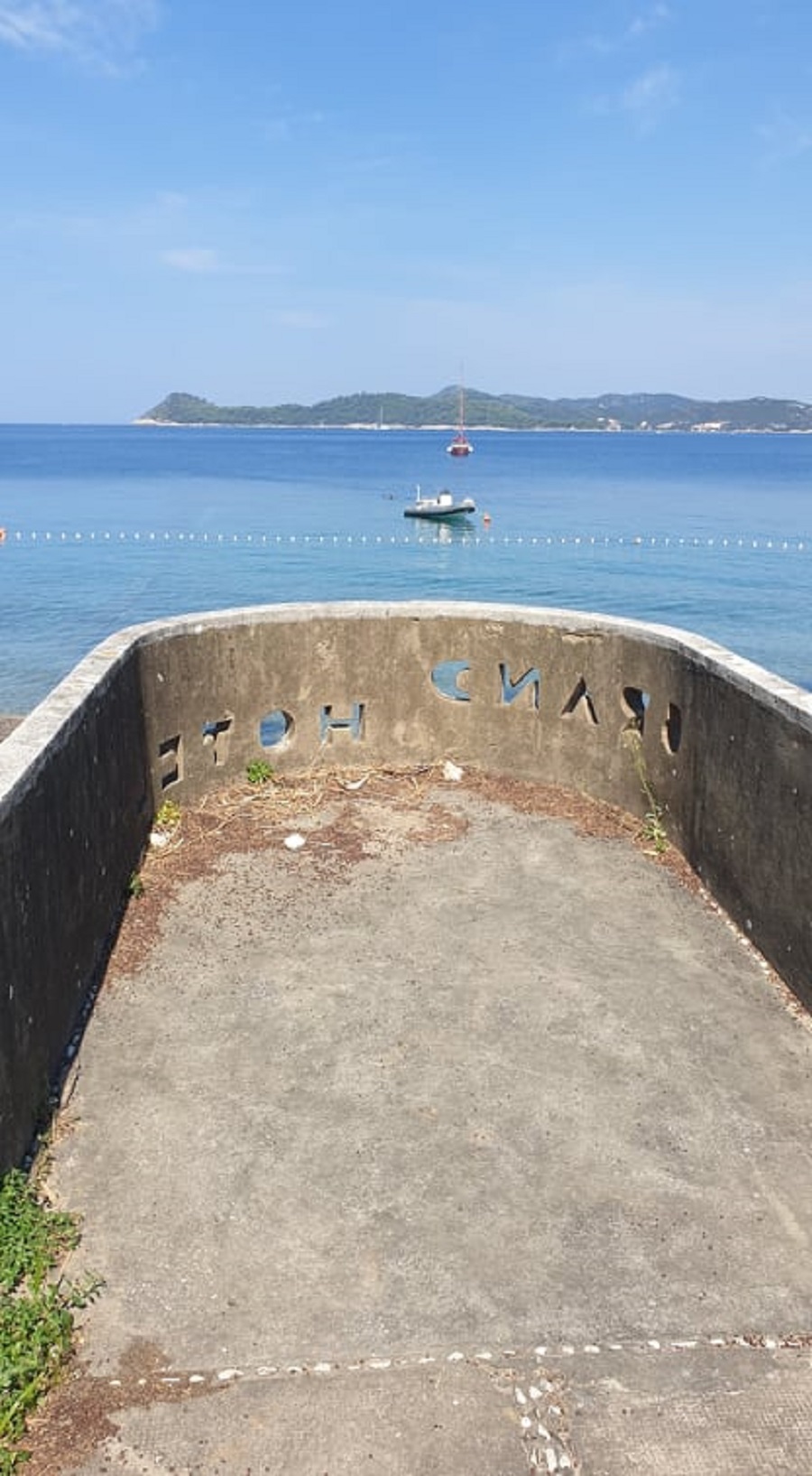
One of the things that I have learned with age in Croatia is that there is always a much better story about a building or attraction when told by a local than told by a guidebook. And so it proved on Lopud. I was introduced to a very handsome man in his late 50s or early 60s, as the man who knew the concrete hotel better than anyone alive. I will call him Mario.
For Mario was a legendary'galeb', the famous Dalmatian Casanovas who would prey on attractive young female tourists and give them an unforgettable summer experience.
For, it appeared, the Hotel Grand was the biggest galeb playground of all.
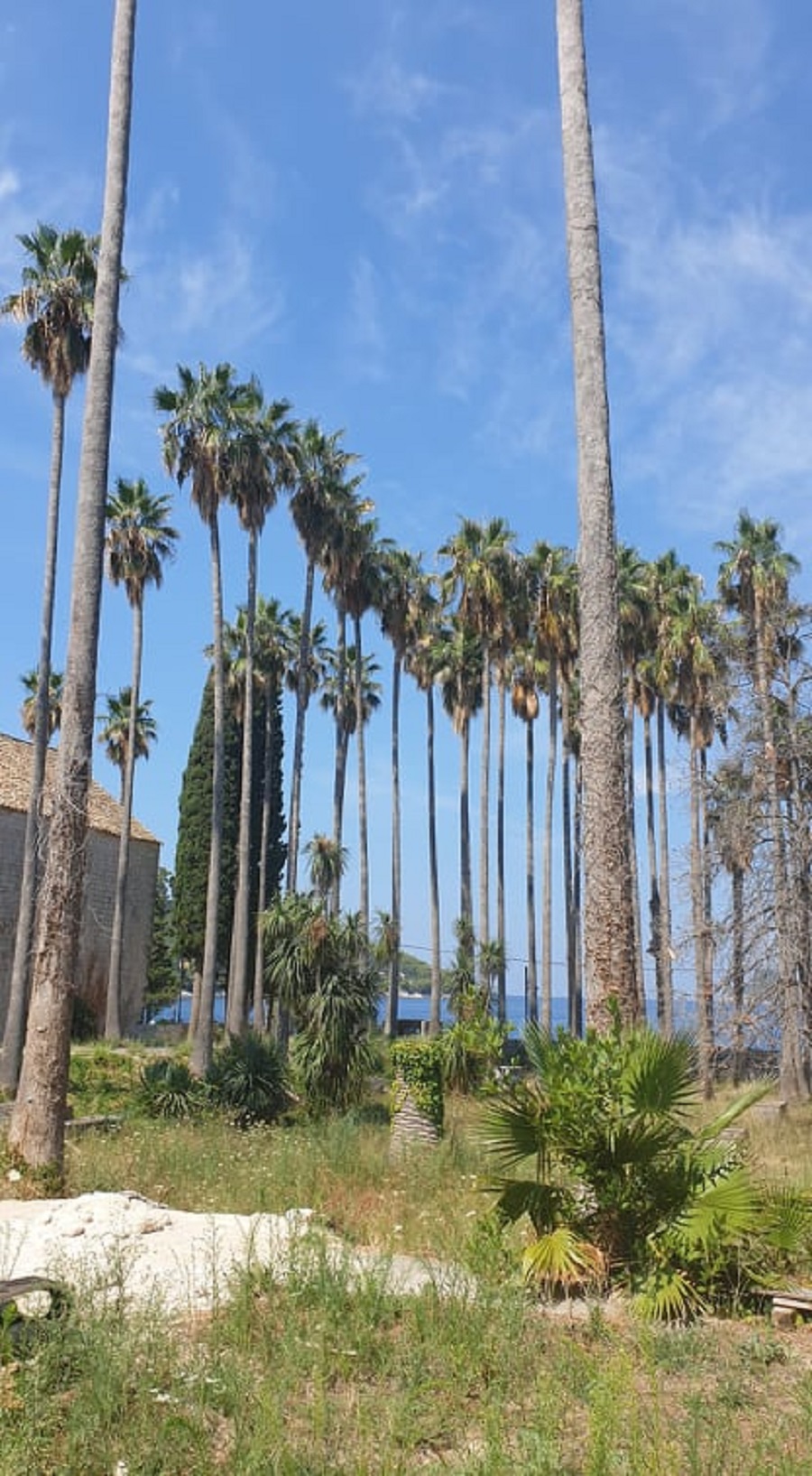
But let's start at the beginning, back in 1936, when the hotel was opened by its Czech owners after the bold architecture of Nikola Dobrovic, whose reenforced concrete hotel was his crowning work - and also the first concrete hotel in Europe. According to Mario, it was in the shape of a ship from above, complete with a tennis court on the roof, and it looked out to the Adriatic through those impressively tall palm trees, as well as ubiquitous bitter orange trees, for which Dubrovnik is famous.
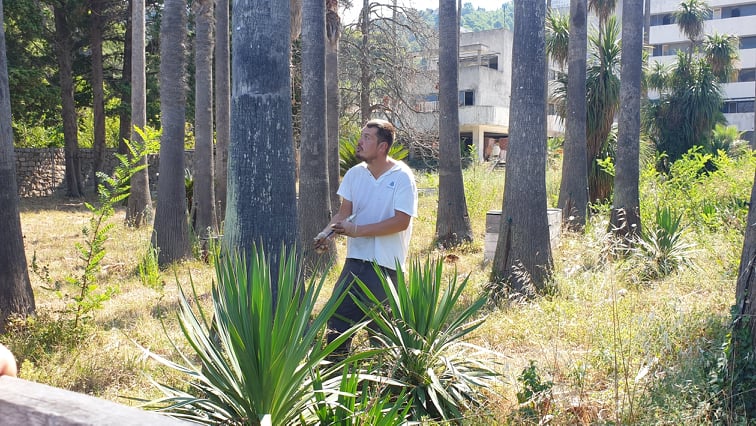
Palm trees which continue to be protected today, as we noticed on our visit, as one worker injected the required chemicals into each tree to enhance their wellbeing.
When the Grand Hotel opened in 1936, it was quite a statement for tourism in the region, and the elite society from Prague flocked to Dalmatia to see what all the fuss was about. Those who were particularly well off even arrived by hydroplane.
Then came the Second World War, an end to tourism temporarily and a new use for the young concrete hotel - an internment camp for the Jews of the Dubrovnik region. Some 600-700 were interned there.
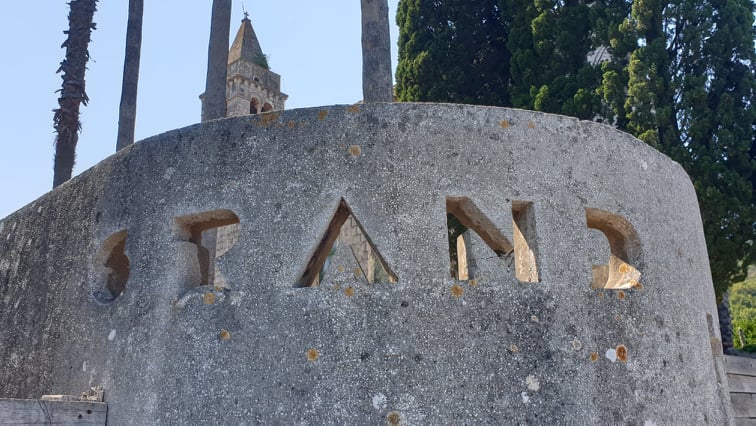
The glory days of this unique concrete hotel were undoubtedly the 1980s before the Homeland War. Life in former Yugoslavia was cheap, life was very liberal, and tourists came to visit knowing they would have a wonderful sun-soaked relaxing vacation at an affordable price.
And there was entertainment. Mario took us on a tour of his old haunting grounds, marvelling at the palm trees today as he had back then. There used to be so many bitter orange trees before, he explained, and the band was here. This was the nightlife of the island, and this is where the action happened. His fellow galebs were competition for the best girls on the night, great friends swapping stories over a morning swim the following day.
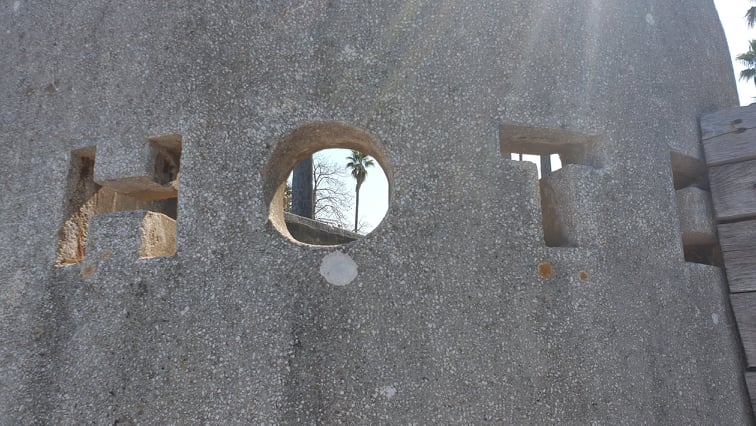
It was a carefree existence brought to an end in 1991 for the same reason as things stopped in 1939 - war.
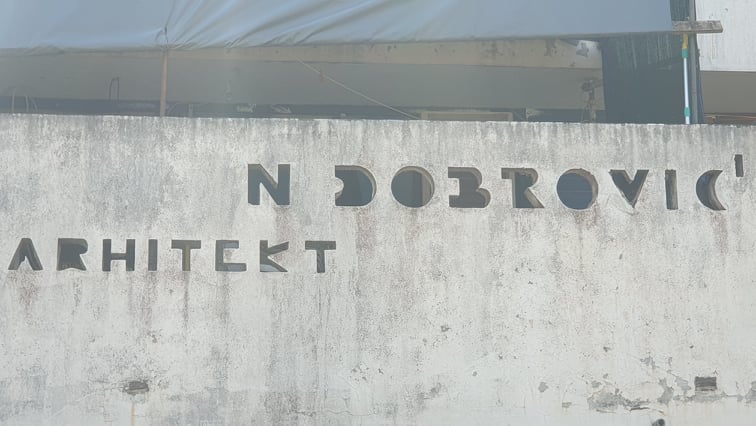
The hotel, whose entrance has its architect's name carved in concrete, fell into disrepair, a shadow of its illustrious past.

Things might be changing finally, however. Italian investors bought the main hotel on the island, as well as the concrete Grand. Hotel Lafodia is the main accommodation option on Lopud, at the end of the bay, and nearby a concrete villa also designed by Dubrovic.
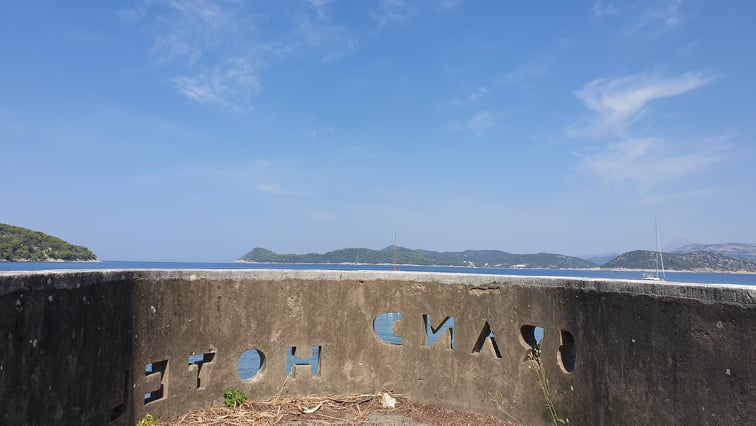
Plans are in place to renovate the famous concrete hotel, reducing the number of original rooms to provide more spacious accommodation for modern needs.
And while we wait, those tall palm trees will continue to sway gentle in the evening breeze, as they observe yet one more of some of the best sunsets in Europe.
Lopud is divine.
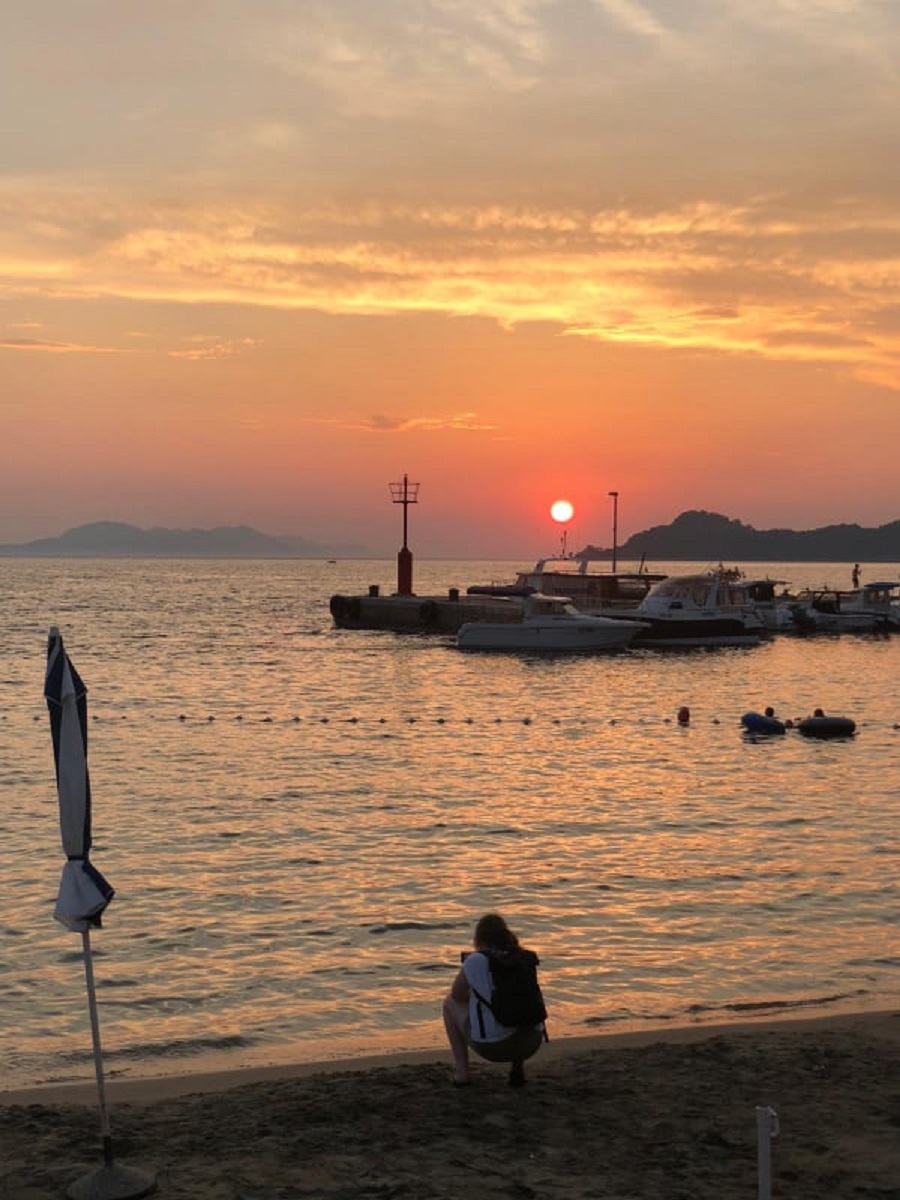
For more about travel in Croatia, visit the dedicated TCN section.


